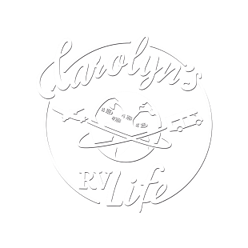The BEST Websites & Apps for RV Living/Travel
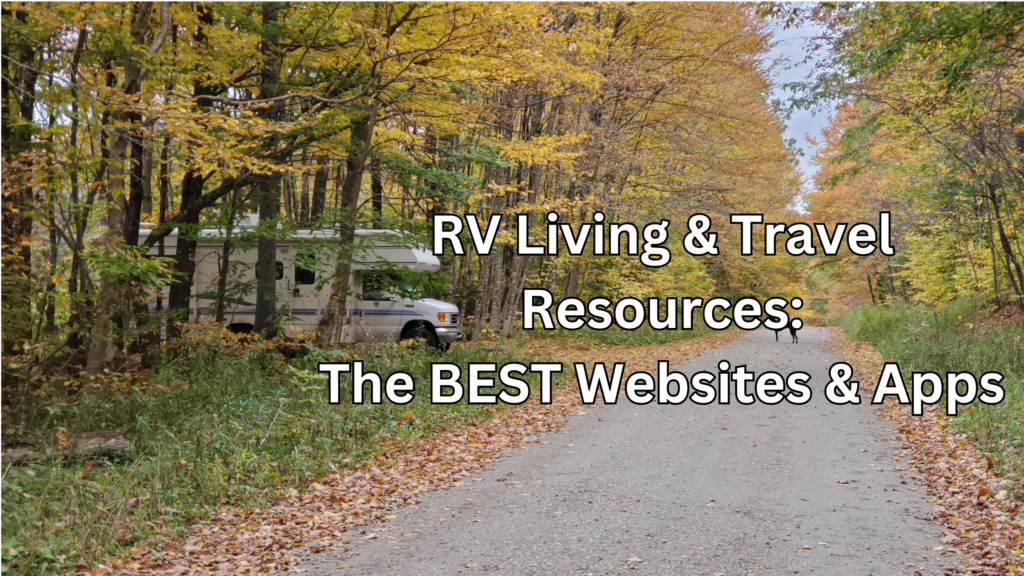
Getting Started w/ RV Living, On the Road, RV Living Tips The BEST Websites & Apps for RV Living/Travel Posted by Carolyn Higgins on May 15, 2024 With the sun shining brighter and the temperatures rising, it’s time to dust off your RV and hit the open road for some unforgettable summer adventures. Whether you’re […]
The Best Tips to Enjoy RV Camping in the Snow
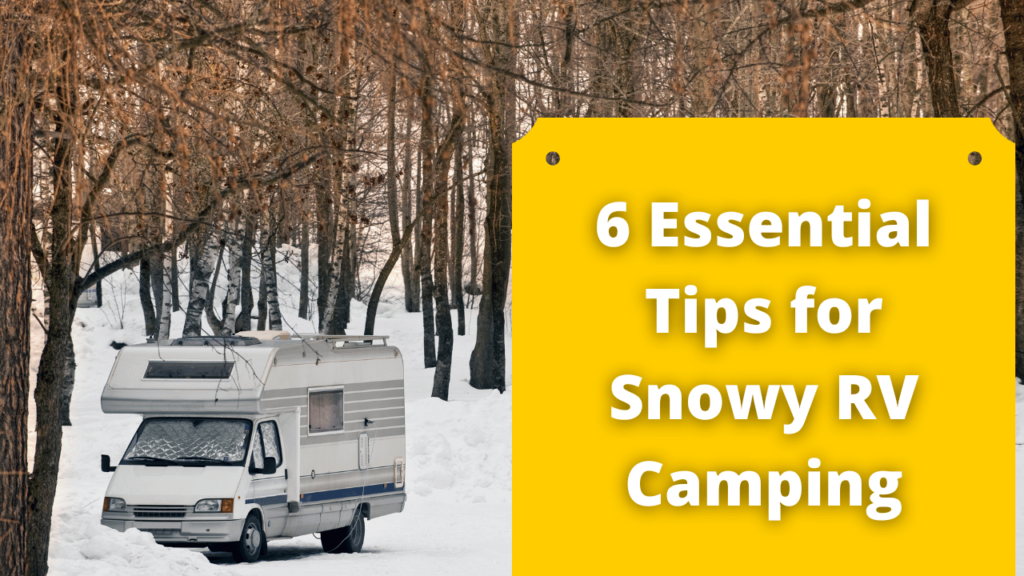
RV Living Tips Posted by RV Camping in the Snow Carolyn Higgins on January 22, 2024 6 Essential Tips for RV Winter Wonderland on Wheels If you love pristine nature and few people, embarking on an RV adventure during the winter months can be a magical experience. However, it requires some extra preparation, especially for […]
RVer’s Real Life Survival Guide For Wind Storm Safety
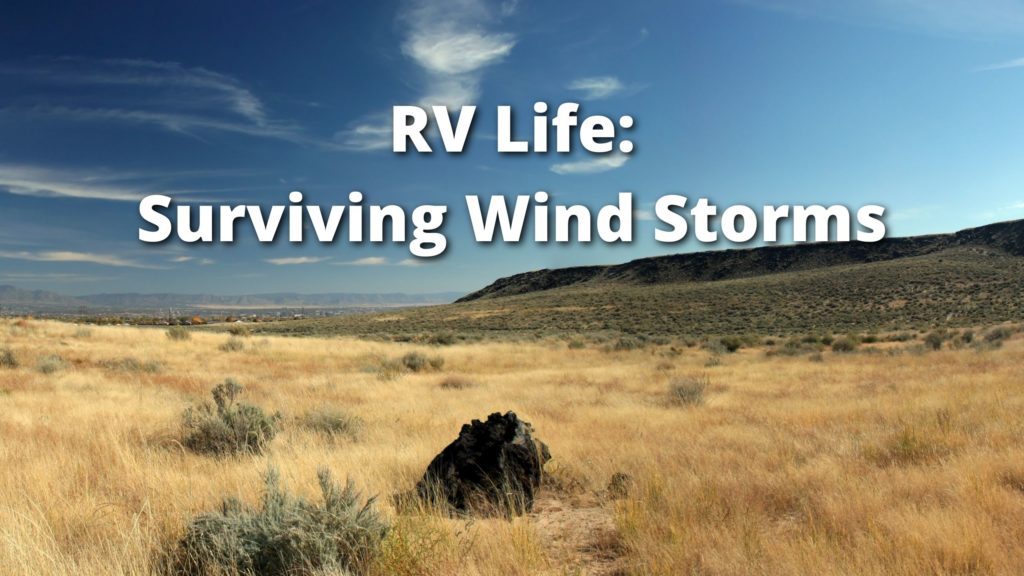
RV Living Tips, RVing Safety Tips RV Wind Storm Safety: How to Survive Posted by Carolyn Higgins on December 14, 2022 Living full-time in an RV means encountering every type of weather condition. I’ve been through some crazy wind storms over the last six years, experiencing wind gusts up to 70 mph/43 km. Sitting in […]
The Best States to Survive Winter in an RV
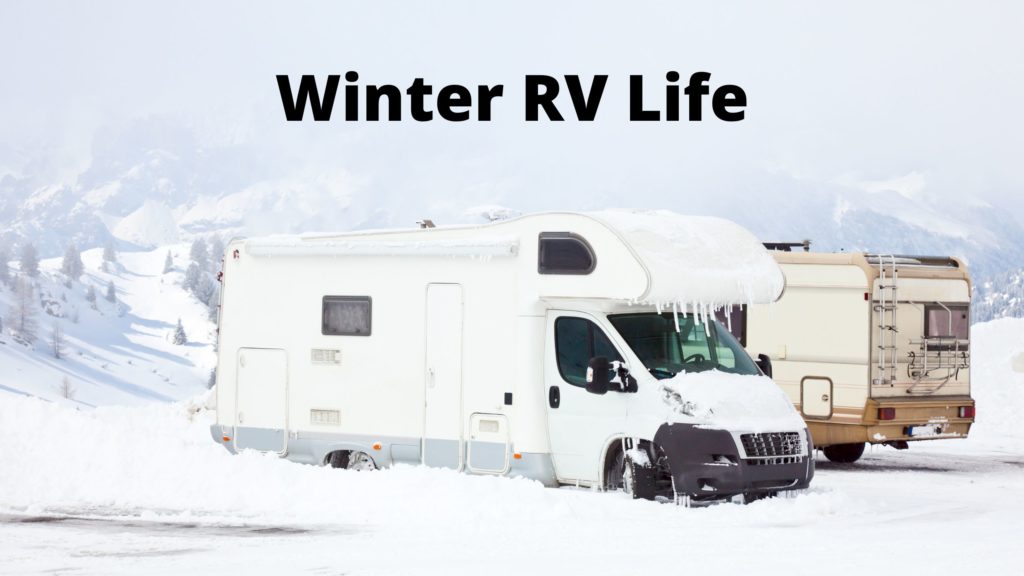
Places, RV Living Tips My Best States for Winter RV Life Posted by Carolyn Higgins on October 18, 2022 Fall is in the air, and winter is around the corner. For those of us who live in Residential Vehicles, cars, or vans, this time of year means we either winterize or move to warmer weather. […]
The Best Tips for RV Living and Extreme Weather
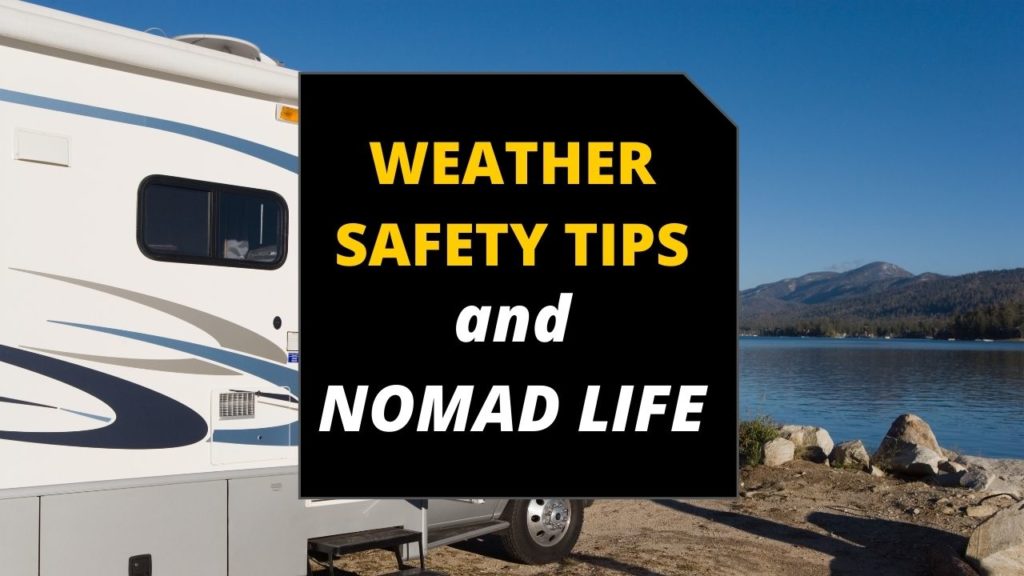
RV Living Tips, RVing Safety Tips Posted by Carolyn Higgins The Best Tips for RV Living and Extreme Weather on January 11, 2022 Living and traveling full-time in my Class C RV since 2016, I have experienced more extreme weather this year than any other time. I have encountered tornado watches in Wyoming, windstorms that […]
Freezing Weather RV Living

In this blog, I share simple and affordable tips on how you can winterize your RV for winter nights and stay warm while it is freezing outside.
How I Insulate My RV on the Fly to Not Freeze in Cold Weather
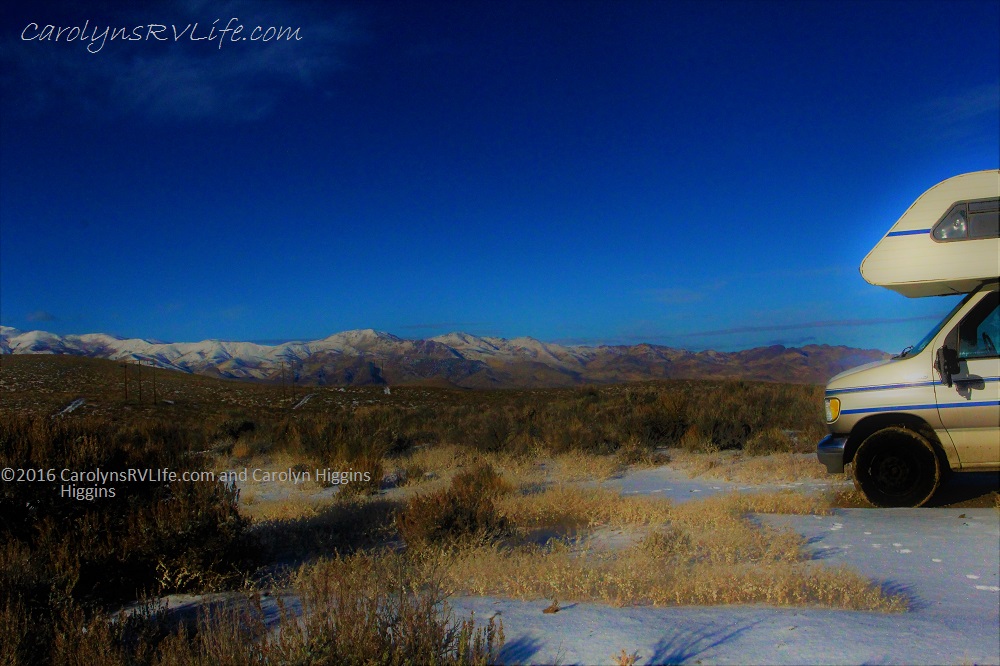
Life is an adventure… at least mine is- and that’s very much by design! I was recently driving through the high desert in Nevada, on my way south, after spending Thanksgiving with my friend Bob (Bob Wells, CheapRVLiving.com – I know many of you know him) and his family in Medford, Oregon. Since I don’t […]
Gone with the Wind
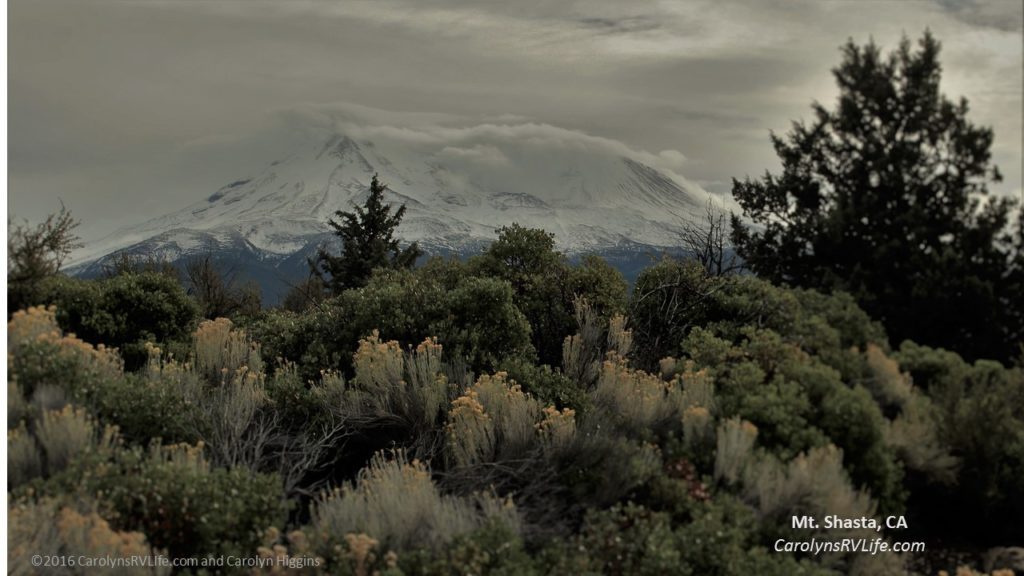
I’ve always been a go-with-the-flow kind of woman. I don’t sweat the small stuff. In fact, some of my best and most memorable experiences have come when my best laid plans went haywire. I’m not quite sure where that free-spirited woman went when I had RV troubles AGAIN recently, but somewhere around day seven of […]
The Rainy Season Hits Northern Oregon – With a Vengeance!
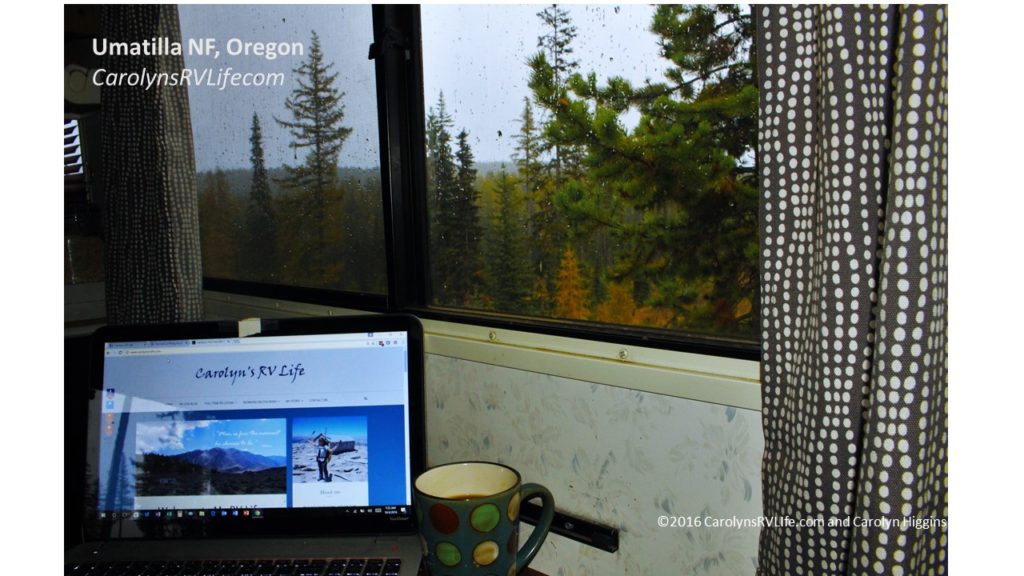
It’s 5:30 am on Forest Road 050, five thousand feet high, deep in Umatilla National Forest, Oregon. I lay wide awake, huddled between my new fluffy quilted comforter and flannel sheets listening to the rain pelt my thin RV roof for the second night in a row. For three days it’s has been nearly constant: […]


